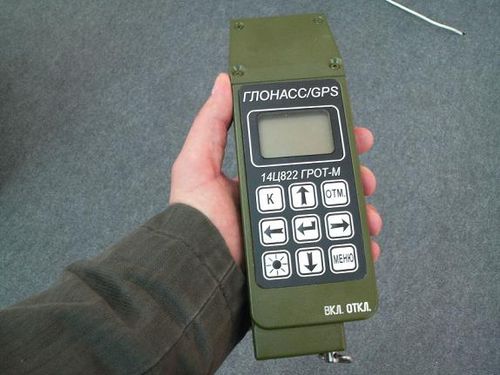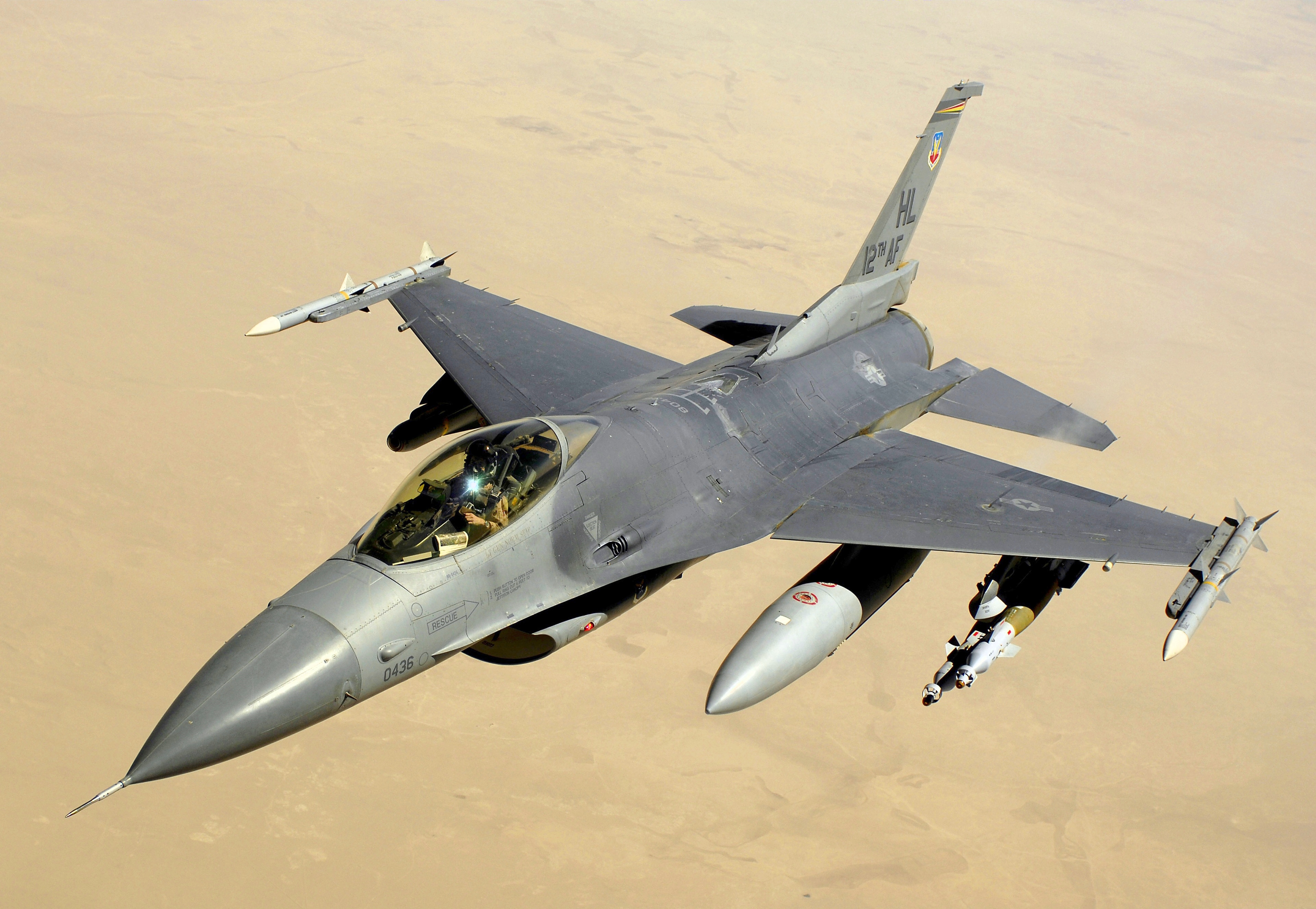|
GLONASS-K2
GLONASS-K2 is the next satellite design intended to support the Russian GLONASS radio-based satellite navigation system. Developed by ISS Reshetnev (Reshetnev Information Satellite Systems), the first satellite is expected to be launched in 2023 with an expected production period of ten years. It is an evolution of the previous GLONASS-K third-generation satellites, adding CDMA signals, improving accuracy and increasing power. It is 70% heavier and has 170% more power. History The ''Federal Targeted Program "Global Navigation System" 2002-2011'', introduced in 2001, stipulated the development of a third-generation navigation satellite design, called GLONASS-K, as part of the overall GLONASS upgrade program in the time frame 2005–2011. The new satellite followed the second generation GLONASS-M, introduced in 2003. The Russian Federal Space Agency (Roscosmos) initially ordered 27 GLONASS-K satellites from ISS Reshetnev, the developer of all the previous GLONASS satellites. On ... [...More Info...] [...Related Items...] OR: [Wikipedia] [Google] [Baidu] |
Ekspress (satellite Bus)
The Ekspress ( Russian: ) is a highly flexible satellite bus designed and manufactured by ISS Reshetnev. It is an unpressurized bus originally designed for GEO, but that has been adapted for medium Earth orbit and to highly elliptical orbit. It has different versions and has been used from civilian communications to satellite navigation. Platform variations The Ekspress bus has two main platforms: the 1000 light to medium version and the 2000, for heavy satellites. There was a project for a third platform, the 4000, but it has not yet been used. Ekspress-1000 Series The Ekspress-1000 ( Russian: ) in its different variations offers an platform for small to medium satellites. It is a direct to GEO bus for total spacecraft weights from to and having a power production from 3 kW to 8 kW with a life expectancy of 15 years. It is designed for directly stacking up to 3 of the smallest version (Ekspress-1000K) or 2 of the bigger ones. *Ekspress-1000K ( Russian: ): ... [...More Info...] [...Related Items...] OR: [Wikipedia] [Google] [Baidu] |
GLONASS-K
GLONASS-K is the latest satellite design intended as a part of the Russian GLONASS radio-based satellite navigation system. Developed by ISS Reshetnev (Information Satellite Systems Reshetnev) and first launched on 26 February 2011, it is a substantial improvement of the previous GLONASS-M second-generation satellites, having a longer lifespan and better accuracy. History The ''Federal Targeted Program "Global Navigation System" 2002–2011'', introduced in 2001, stipulated the development of a third-generation navigation satellite design, called GLONASS-K, as part of the overall GLONASS upgrade program in the time frame 2005–2011. The new satellite followed the second generation GLONASS-M, introduced in 2003. The Roscosmos initially ordered 27 GLONASS-K satellites from ISS Reshetnev, the developer of all the previous GLONASS satellites. On 7 December 2010, the company announced it had completed ground tests of the first GLONASS-K satellite. The satellite was launched to ... [...More Info...] [...Related Items...] OR: [Wikipedia] [Google] [Baidu] |
GLONASS-M
GLONASS-M (russian: link=no, ГЛОНАСС-М), also known as Uragan-M (russian: link=no, Ураган-М) (GRAU index 11F654M given to the first two pilot satellites and 14F113 to the rest) are the second generation of Uragan satellite design used as part of the Russian GLONASS radio-based satellite navigation system. Developed by ISS Reshetnev (Information Satellite Systems Reshetnev), it had its debut launch in 2003, and is in the process of being phased out. Its production finished in 2015 and its last launch was in November 2022. It is an evolution of the previous Uragan (GRAU Index 11F654) second-generation satellites, improving accuracy, increasing power, extending the design life and adding the FDMA L2OF open signal. The last eight Glonass-M spacecraft in production included the new CDMA L3OC open signal. Design It used a 3-axis stabilized pressurized bus with two solar panels, a propulsion module and a payload module. At these are just heavier than the previous ge ... [...More Info...] [...Related Items...] OR: [Wikipedia] [Google] [Baidu] |
GLONASS Satellites
GLONASS (russian: ГЛОНАСС, label=none, ; rus, links=no, Глобальная навигационная спутниковая система, r=Global'naya Navigatsionnaya Sputnikovaya Sistema, t=Global Navigation Satellite System) is a Russian satellite navigation system operating as part of a radionavigation-satellite service. It provides an alternative to Global Positioning System (GPS) and is the second navigational system in operation with global coverage and of comparable precision. Satellite navigation devices supporting both GPS and GLONASS have more satellites available, meaning positions can be fixed more quickly and accurately, especially in built-up areas where buildings may obscure the view to some satellites. GLONASS supplementation of GPS systems also improves positioning in high latitudes (north or south). Development of GLONASS began in the Soviet Union in 1976. Beginning on 12 October 1982, numerous rocket launches added satellites to the system, unt ... [...More Info...] [...Related Items...] OR: [Wikipedia] [Google] [Baidu] |
Kosmos 2471
Kosmos 2471 (russian: Космос 2471 meaning ''Cosmos 2471''), also known as Glonass-K1 No. 11L or Glonass-K No. 701, was a Russian navigation satellite which was launched in 2011. The first Glonass-K satellite to be launched, it was one of two Glonass-K1 spacecraft which served as prototypes for the operational Glonass-K2 spacecraft. Kosmos 2471 is a 935 kg satellite built by ISS Reshetnev based on the Ekspress-1000A satellite bus. The spacecraft has three-axis stabilisation to keep it in the correct orientation, and broadcast signals in the L1, L2 and L3 navigation bands for Russian military and commercial users. In addition to its navigation payloads, the satellite also carries a Cospas-Sarsat search and rescue payload. The satellite is located in a medium Earth orbit with an apogee of , a perigee of , and 64.8° of inclination. It is equipped with two solar panels to generate power. It entered service by the end of 2011. Kosmos 2471 was launched from Site 43/4 ... [...More Info...] [...Related Items...] OR: [Wikipedia] [Google] [Baidu] |
The Space Review
''The Space Review'' is a free online publication, published weekly with in-depth articles, essays, commentary and reviews on space exploration and development. It was founded in February 2003 by Jeff Foust, the current editor, publisher and regular writer. Other regular writers include: * John K. Strickland, National Space Society, Board of Directors * Brian Weeden * Dwayne A. Day * Taylor Dinerman * Sam Dinkin * Anthony Young The publication is known for its coverage of space tourism, as well as NASA and the satellite A satellite or artificial satellite is an object intentionally placed into orbit in outer space. Except for passive satellites, most satellites have an electricity generation system for equipment on board, such as solar panels or radioiso ... launch industry. References External links ''The Space Review'' {{DEFAULTSORT:Space Review Free magazines Magazines established in 2003 Online magazines published in the United States Weekly magazines pu ... [...More Info...] [...Related Items...] OR: [Wikipedia] [Google] [Baidu] |
Thermal Vacuum Chamber
A thermal vacuum chamber (TVAC) is a vacuum chamber in which the radiative thermal environment is controlled. Typically the thermal environment is achieved by passing liquids or fluids through thermal shrouds for cold temperatures or through the application of thermal lamps for high temperatures. Thermal vacuum chambers are frequently used for testing spacecraft or parts thereof under a simulated space environment. Examples Thermal vacuum chambers can be found at: * NASA's Space Environment Simulation Laboratory at the Johnson Space Center * NASA's Space Power Facility, Spacecraft Propulsion Research Facility and Cryogenic Propellant Tank Facility (K-Site) at the Glenn Research Center * NASA's Space Environment Simulator at Goddard Space Flight Center * NASA's DynaVac 36" T/V Chamber * The ESA Large Space Simulatorhttps://www.esa.int/esaTQM/1082551446328_facilitiesestec_0.html See also *Vacuum engineering Vacuum engineering deals with technological processes and equipment ... [...More Info...] [...Related Items...] OR: [Wikipedia] [Google] [Baidu] |
CDMA
Code-division multiple access (CDMA) is a channel access method used by various radio communication technologies. CDMA is an example of multiple access, where several transmitters can send information simultaneously over a single communication channel. This allows several users to share a band of frequencies (see bandwidth). To permit this without undue interference between the users, CDMA employs spread spectrum technology and a special coding scheme (where each transmitter is assigned a code). CDMA optimizes the use of available bandwidth as it transmits over the entire frequency range and does not limit the user's frequency range. It is used as the access method in many mobile phone standards. IS-95, also called "cdmaOne", and its 3G evolution CDMA2000, are often simply referred to as "CDMA", but UMTS, the 3G standard used by GSM carriers, also uses "wideband CDMA", or W-CDMA, as well as TD-CDMA and TD-SCDMA, as its radio technologies. It can be also used as a channe ... [...More Info...] [...Related Items...] OR: [Wikipedia] [Google] [Baidu] |
Moscow Oblast
Moscow Oblast ( rus, Моско́вская о́бласть, r=Moskovskaya oblast', p=mɐˈskofskəjə ˈobləsʲtʲ), or Podmoskovye ( rus, Подмоско́вье, p=pədmɐˈskovʲjə, literally " under Moscow"), is a federal subject of Russia (an oblast). With a population of 7,095,120 ( 2010 Census) living in an area of , it is one of the most densely populated regions in the country and is the second most populous federal subject. The oblast has no official administrative center; its public authorities are located in Moscow and Krasnogorsk (Moscow Oblast Duma and government), and also across other locations in the oblast.According to Article 24 of the Charter of Moscow Oblast, the government bodies of the oblast are located in the city of Moscow and throughout the territory of Moscow Oblast. However, Moscow is not named the official administrative center of the oblast. Located in European Russia between latitudes 54° and 57° N and longitudes 35° and 41° ... [...More Info...] [...Related Items...] OR: [Wikipedia] [Google] [Baidu] |
Dubna
Dubna ( rus, Дубна́, p=dʊbˈna) is a town in Moscow Oblast, Russia. It has a status of '' naukograd'' (i.e. town of science), being home to the Joint Institute for Nuclear Research, an international nuclear physics research center and one of the largest scientific foundations in the country. It is also home to MKB Raduga, a defense aerospace company specializing in design and production of missile systems, as well as to the Russia's largest satellite communications center owned by Russian Satellite Communications Company. The modern town was developed in the middle of the 20th century and town status was granted to it in 1956. Population: Geography The town is above sea level, situated approximately north of Moscow, on the Volga River, just downstream from the Ivankovo Reservoir. The reservoir is formed by a hydroelectric dam across the Volga situated within the town borders. The town lies on both banks of the Volga. The western boundary of the town is defined by t ... [...More Info...] [...Related Items...] OR: [Wikipedia] [Google] [Baidu] |
International Traffic In Arms Regulations
International Traffic in Arms Regulations (ITAR) is a United States regulatory regime to restrict and control the export of defense and military related technologies to safeguard U.S. national security and further U.S. foreign policy objectives. Overview The United States government has put two types of regulations in place to control exports of military-relevant items: ITAR, which cover weapons and defense articles specifically (such as missiles); and the Export Administration Regulations, which cover items that may have uses in defense articles (such as a radar component used in a certain missile). The U.S. government has to give specific permission for equipment (and information, referred to in ITAR as ''technical data'') before those items can be handed over to a non-US citizen, company, or government. Defense-related articles and services on the United States Munitions List (USML) are covered by the ITAR, which implement the provisions of the Arms Export Control A ... [...More Info...] [...Related Items...] OR: [Wikipedia] [Google] [Baidu] |




